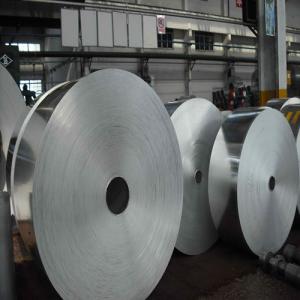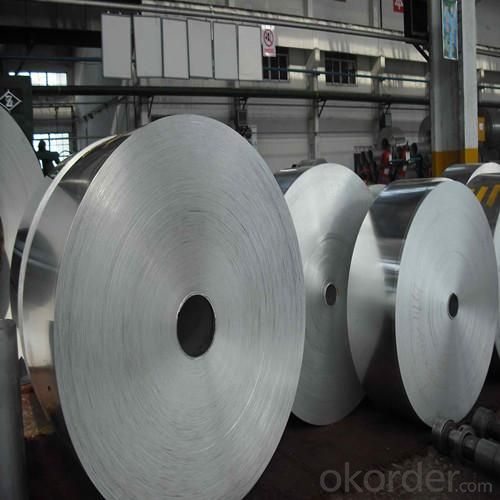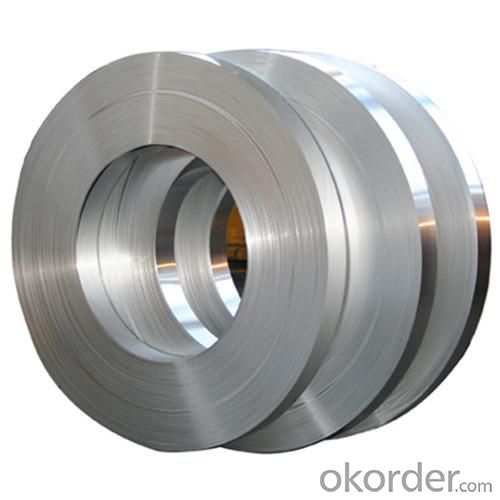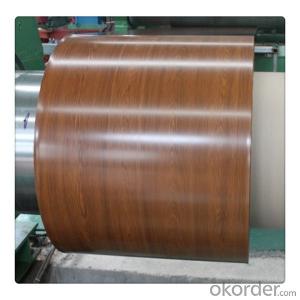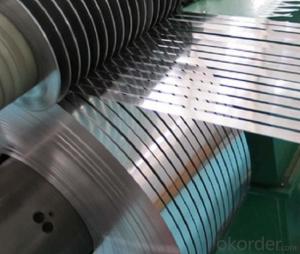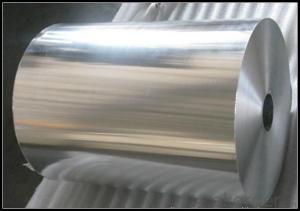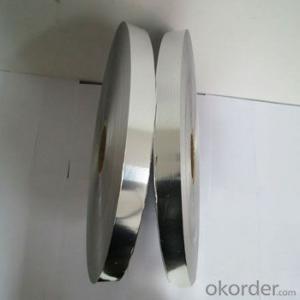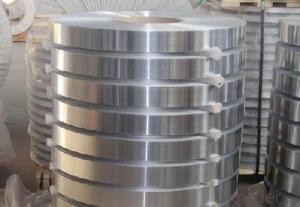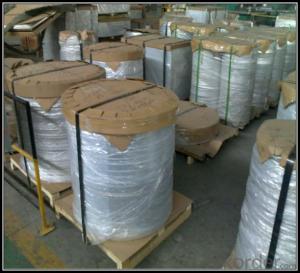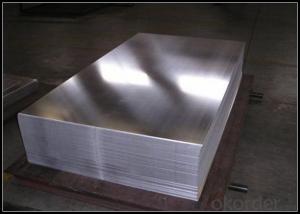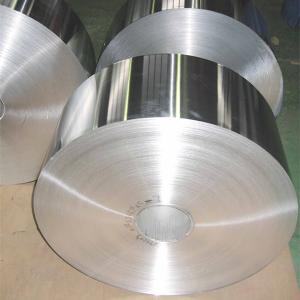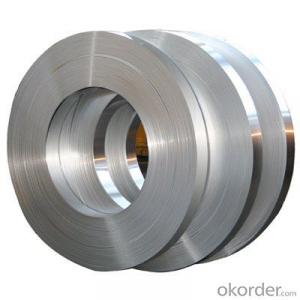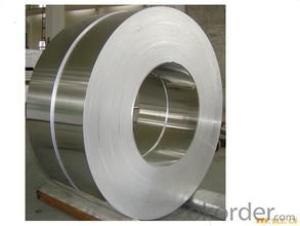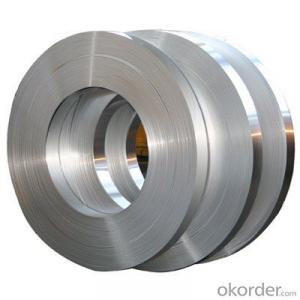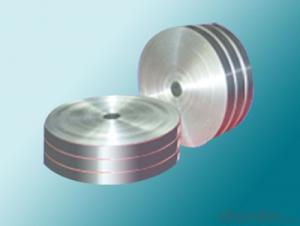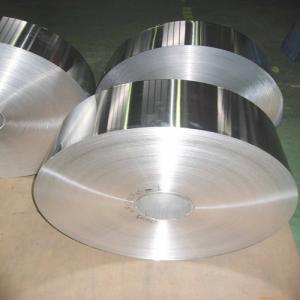Flooring Transition Strips Aluminum AA1070
- Loading Port:
- China Main Port
- Payment Terms:
- TT or LC
- Min Order Qty:
- 5 Tons m.t.
- Supply Capability:
- 1000 Tons Per Month m.t./month
OKorder Service Pledge
OKorder Financial Service
You Might Also Like
1. Specifications of Aluminum Strips AA1070
Alloy Number | AA1070 |
Temper | Temper H12, H14, H16, H18, H22, H24, H26, H32,HO, F |
Thickness | 0.10-500mm |
Diameter | 10mm- 2200mm |
Standard | GB/T3880-2006, ASTM, ISO, EU standard |
Special specification is available on customers' requirements.
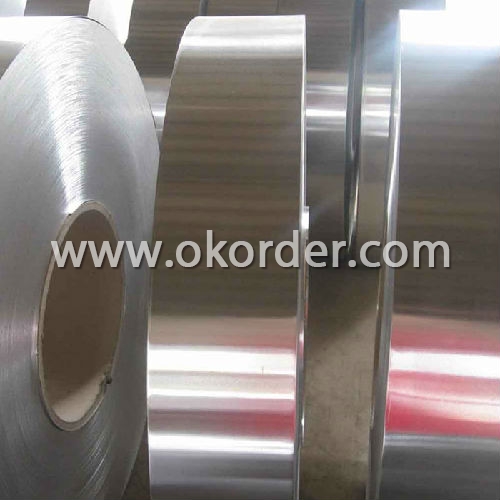
2. Usage/Applications of Aluminum Strips AA1070
Aluminum strips are widely used for PS printed materials substrate, building decoration materials, stamping products, building mirror materials, nameplate, insulation materials, aluminum plastic composite material, capacitor strip, transformer strip, welding parts, heat exchanger, clock surface and disk, kitchen utensils, reflecting apparatus etc.
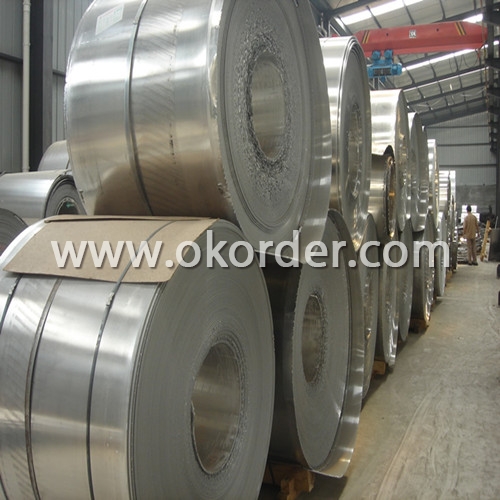

3. Packaging & Delivery of Aluminum Strips AA1070
Packaging: Seaworthy package, bubble plastic bag inside, anti-moisture paper wrapped outside, covered with cartons, on wooden pallets, in containers. Pallet weight: Max. 2.30 tons.
Shipment: the goods will be delivered in 30 days after getting the buyer's payment.
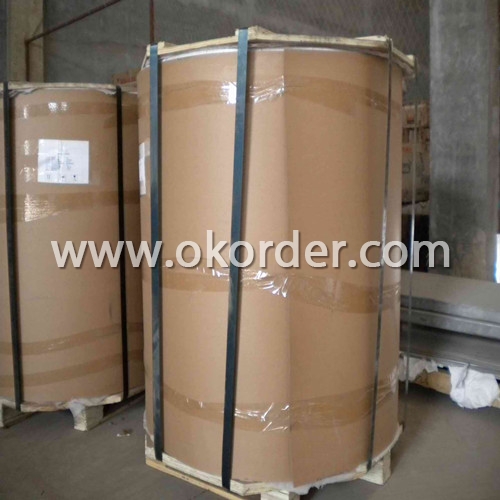
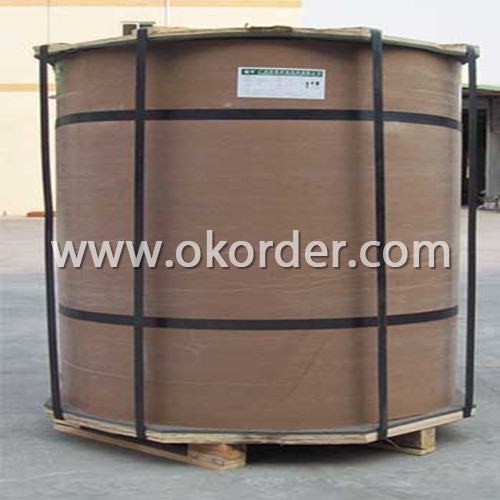
4. Production Flow of Aluminum Strips AA1070
Rolling--Annealing--Slitting—Sawing, Cut-To-Length, Shearing
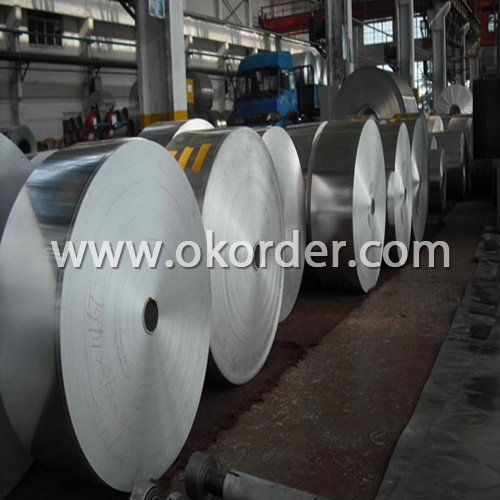
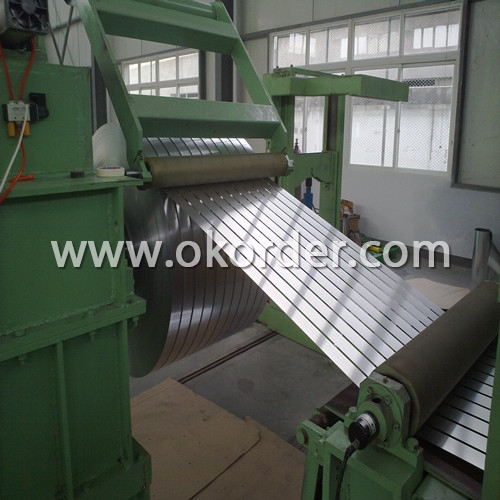
- Q: This question asks for the standard dimensions of aluminum strips commonly used for exterior siding on buildings.
- <p>The standard size of aluminum strips used for siding varies by manufacturer and specific product line. However, commonly, aluminum siding is available in widths ranging from 4 to 12 inches and lengths from 12 to 16 feet. The most common widths are 6 and 7 inches, while the standard length is often 16 feet. It's important to check with the specific manufacturer for the exact dimensions of the aluminum siding strips you are considering for your project.</p>
- Q: This question asks for a comparison between aluminum strips and other common roofing materials, highlighting their distinct characteristics.
- <p>Aluminum strips are lightweight, corrosion-resistant, and have a long lifespan, making them ideal for roofing applications. They are also recyclable and can be easily bent and shaped. In contrast, other roofing materials like asphalt shingles are more affordable but have a shorter lifespan and are less eco-friendly. Metal roofing, similar to aluminum, is durable but can be heavier and more expensive. Clay and concrete tiles offer a traditional aesthetic but are heavy, require more maintenance, and are prone to breakage. Wood shakes and shingles are renewable but are less fire-resistant and have a shorter lifespan compared to aluminum.</p>
- Q: The question asks if it's possible to use aluminum strips for insulating the exterior walls of a building.
- <p>Yes, aluminum strips can be used for exterior wall insulation, but they are typically used as a vapor barrier or as part of a metal stud framing system rather than as an insulating material themselves. Aluminum is a good conductor of heat, so it's not an insulator. Instead, it's often used to create a barrier against moisture and air infiltration. For insulation, materials like fiberglass, cellulose, or foam are more appropriate. Aluminum strips can help secure insulation boards in place and provide a base for attaching exterior finishes.</p>
- Q: This question asks for an explanation of the various types of aluminum cladding materials used in construction.
- <p>Aluminum cladding is a popular choice in construction for its durability and low maintenance. The different types include: 1. Aluminum Composite Material (ACM), which is lightweight and consists of two thin aluminum sheets with a non-aluminum core. 2. Aluminum Plate, a thicker and more rigid material used for structural applications. 3. Aluminum Extrusions, which are formed by pushing aluminum through a die to create specific shapes and profiles. 4. Aluminum Coil Coating, where aluminum coils are coated with a protective layer and used for roofing and siding. 5. Anodized Aluminum, which undergoes an electrochemical process to increase its resistance to wear and corrosion. Each type has specific applications and properties, making them suitable for different construction projects.</p>
- Q: What is the difference between cold rolling and hot rolling of aluminium plate and aluminium strip? Which kind of aluminum plate is good? Speak a little more popularly
- Cold rolled, no hot rolled aluminum sheet, good surface. It doesn't make much difference if you don't ask for it. Hot rolled aluminum plate is suitable for oxidation. The oxidation effect will be much better.
- Q: What are the potential environmental concerns associated with the use of aluminum siding in construction?
- <p>While aluminum siding is lightweight and durable, there are environmental concerns associated with its production and disposal. The manufacturing process is energy-intensive and can emit greenhouse gases. Additionally, the extraction of bauxite, the primary source of aluminum, can lead to deforestation and habitat destruction. At the end of its life, aluminum siding can be recycled, which is beneficial, but improper disposal can still contribute to landfill waste. The environmental impact depends on the lifecycle management of the material, including responsible production, use, and recycling practices.</p>
- Q: What is the ease of bending aluminum strips and what factors might affect this?
- <p>Aluminum strips can be bent relatively easily due to their malleability. The ease of bending depends on the alloy type, thickness, and temperature. Pure aluminum is softer and more ductile, making it easier to bend than aluminum alloys. Thinner strips are also easier to bend than thicker ones. Heating aluminum can increase its ductility, making it easier to bend without breaking. However, excessive force or improper bending can cause the strip to crack or deform.</p>
- Q: This question asks for guidance on ensuring the correct installation and ongoing maintenance of an aluminum strip.
- <p>To ensure your aluminum strip is properly installed and maintained, follow these steps: First, ensure the surface where the strip will be installed is clean and free of debris. Use a high-quality adhesive that is compatible with aluminum for installation. Apply the adhesive evenly and press the strip firmly into place. Check for any gaps or misalignments and correct them immediately. For maintenance, regularly clean the strip to prevent dirt buildup. Avoid using harsh chemicals that could damage the aluminum. Inspect the strip periodically for signs of wear or damage and repair or replace as necessary. Proper installation and regular maintenance will extend the life of your aluminum strip and ensure its functionality.</p>
- Q: Is it possible to construct awnings or canopies using aluminum strips?
- <p>Yes, aluminum strips can be used to make awnings or canopies. They are lightweight, durable, and resistant to corrosion, making them suitable for outdoor applications. Aluminum's strength and flexibility allow it to be bent and shaped easily, which is ideal for creating the curved or angled structures often seen in awnings and canopies. However, it's important to ensure that the aluminum is of sufficient gauge to support the weight and withstand environmental stresses. Additionally, proper sealing and treatment are necessary to prevent water damage and maintain the longevity of the structure.</p>
- Q: What characteristics of aluminum strips make them an ideal material for roofing purposes?
- <p>Aluminum strips are suitable for roofing due to their lightweight nature, which reduces structural load. They offer excellent corrosion resistance, protecting against rust and decay, and are highly durable, maintaining their integrity for decades. Aluminum's malleability allows for easy shaping into various profiles, enhancing design flexibility. Additionally, aluminum strips reflect heat well, reducing energy consumption for cooling, and they are recyclable, contributing to environmental sustainability.</p>
1. Manufacturer Overview
| Location | Henan,China |
| Year Established | 2002 |
| Annual Output Value | Above US$200 Million |
| Main Markets | Mid East;Eastern Europe;North America |
| Company Certifications | ISO 9001:2000;ISO 14001:2004;OHSAS 18001 |
2. Manufacturer Certificates
| a) Certification Name | |
| Range | |
| Reference | |
| Validity Period |
3. Manufacturer Capability
| a) Trade Capacity | |
| Nearest Port | Shanghai |
| Export Percentage | 30%-50% |
| No.of Employees in Trade Department | 21-50 People |
| Language Spoken: | English;Chinese |
| b) Factory Information | |
| Factory Size: | Above 100,000 square meters |
| No. of Production Lines | Above 10 |
| Contract Manufacturing | OEM Service Offered;Design Service Offered |
| Product Price Range | Average |
Send your message to us
Flooring Transition Strips Aluminum AA1070
- Loading Port:
- China Main Port
- Payment Terms:
- TT or LC
- Min Order Qty:
- 5 Tons m.t.
- Supply Capability:
- 1000 Tons Per Month m.t./month
OKorder Service Pledge
OKorder Financial Service
Similar products
Hot products
Hot Searches
Related keywords
